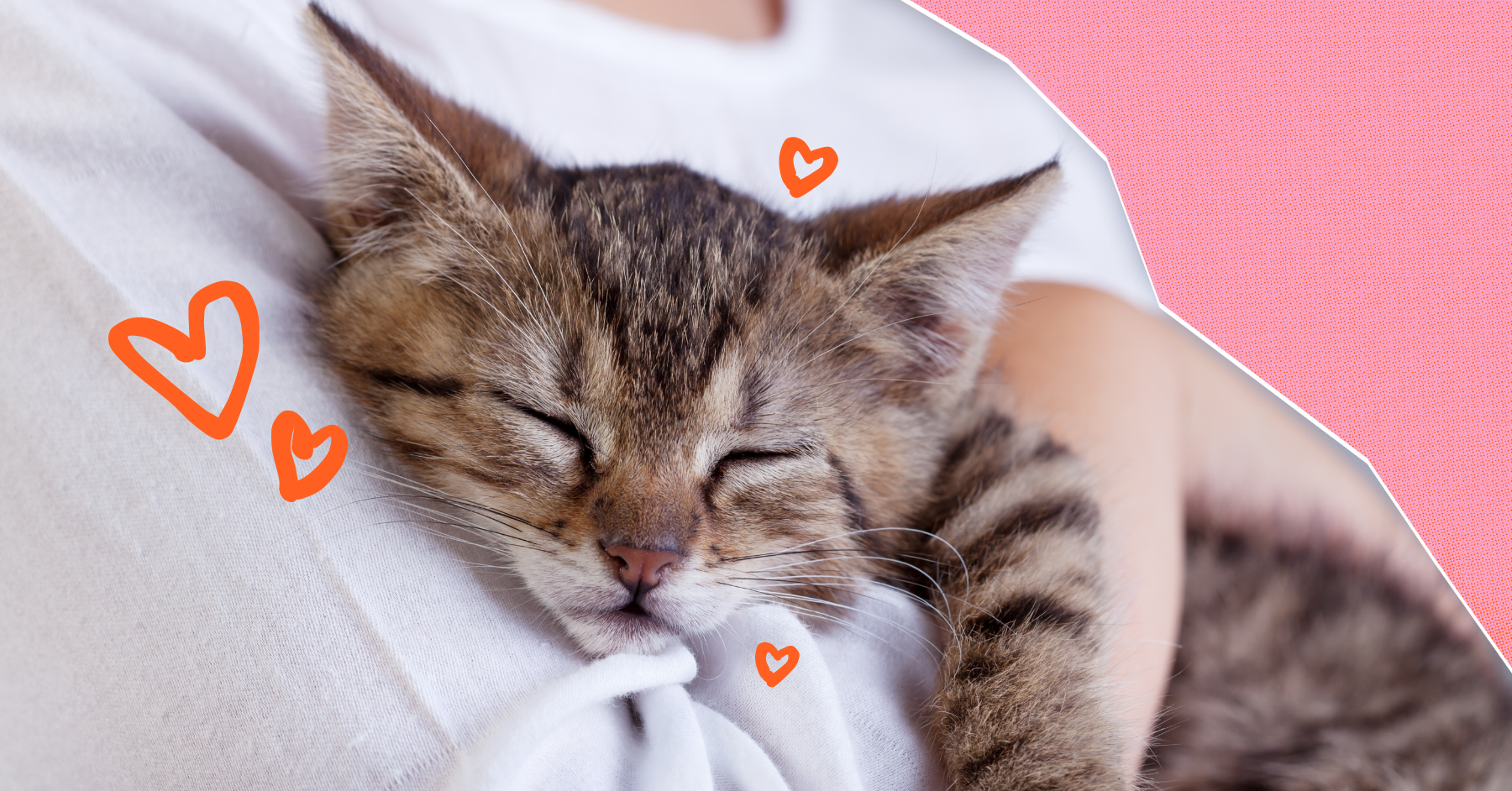
In the U.S., cats are second only to dogs in their popularity as companion animals, and more than one-in-four households includes at least one feline companion. This means that far more than one-in-four of us is not only fortunate enough to love and be loved by one of these amazing animals but is also acutely aware of their undeniable sentience.
Yet, the collective “we” continues to allow their commodification and exploitation as experimental subjects.
Cats have been used as experimental subjects for centuries, and, originally, “stray” or free-roaming cats were at greatest risk. Famous vivisectors like Claude Bernard would collect them from the streets to cut them apart.
But, as the human relationship with cats and other nonhumans evolved – teasing the expansion of our ethical sphere, in recognition of their complex capacities, individuality, and camaraderie – we have increasingly struggled with the thought of them being hurt and killed in the name of human science, and some of us have resisted their exploitation.
Tragically, though, our resistance has been largely limited to the use of cats taken from shelters, rather than all cats.
The public has long made its distaste for “pound seizure” – or the acquisition of unclaimed, shelter animals by researchers – known. (No doubt the next cat seized from a shelter could be your lost cat or a cat you know…)
Public opposition to pound seizure certainly played a part in the animal experimentation industry pivoting away from this practice, but, because the opposition stopped short of demanding that no cat be used for research, the industry merely shifted course: it pulled back on collecting shelter cats in favor of bringing cats into existence for the purpose of experimentation.
By breeding cats themselves or buying them from commercial vendors, researchers not only neutralized a lot of the public noise around the brutalization of shelter animals, but they also managed to benefit themselves at the same time: unlike cats taken from shelters, these bred and bought cats have known histories, controlled experiences, and predestined docility – they are “easier” to exploit – and their exploitation is almost entirely hidden from public view.
We were right in opposing pound seizure, but we stopped too short. No shelter cat – regardless of where they were born or how they ended up in a laboratory – should be used as a means to human ends.
U.S. experimenters reported using over 14,500 cats as experimental subjects last year, and cats remain choice experimental subjects for “several disciplines, including experimental neurology, some aspects of ophthalmology, retrovirus research, inherited diseases, and immunodeficiency diseases” . . .
. . . for the infliction of unspeakable horrors like having their spinal cords intentionally damaged (before having heat applied to their limbs, being forced to try and walk on a treadmill, or enduring urinary bladder dysfunction without any pain relief) or having their hearing purposefully destroyed and electrodes implanted in their brains . . .
. . . for the testing of chemicals and other substances that result in nausea, vomiting, pain, suffering, and death . . .
. . . for physical dismemberment – euphemistically referred to as dissection – in schools . . .
. . . and for other, self-proclaimed “scientific” uses that ignore their needs, wants, and desires as thinking, feeling, living beings.
No nonhumans, including no cats, should be forced into experimental servitude.
We implore you to join us in fighting to free all cats (and, indeed, all animals) from laboratories. The industry already knows that “an uneasy tension” exists between what the general public wants for cats and what the scientific community does to cats, and it’s past time we turn that “tension” into outright resistance to industry practice . . . just as we did to oppose pound seizure, only more inclusive.
So, today, please hug your cat . . . or a friend’s cat . . . or a neighborhood cat . . . or just think about hugging a cat . . . give thanks that the cat you just hugged or thought about hugging is not caged in a laboratory . . . and then share this post so that the cats trapped in labs get the attention they deserve.